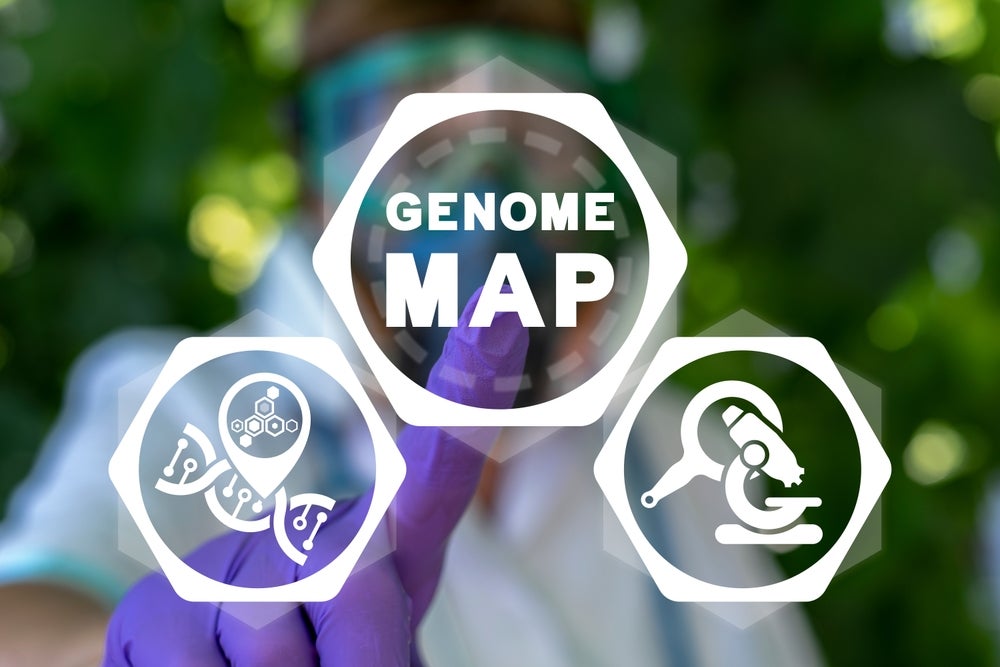A new study of sick infants sees potential in DNA sequencing, but also a need for better ways to interpret the genome
A new report resurfaces a thorny challenge in researchers’ quest to turn DNA into information doctors and patients can use: Reading the genome is one challenge, interpreting it is another.

There’s growing evidence that DNA sequencing can help diagnose the health care system’s youngest patients — babies in their first year of life. But a new report resurfaces a thorny challenge in researchers’ quest to turn long strings of A’s, T’s, G’s, and C’s into information doctors and patients can use: Reading the genome is one challenge, interpreting it is another.
The recent results come from the Genomic Medicine in Ill Infants and Newborns, or GEMINI, a prospective study in which 400 hospitalized infants had their entire genomes sequenced and were also tested with a targeted gene panel. Whole-genome sequencing, while slower, outperformed the targeted test in pinpointing the cause of an infant’s symptoms, with a 49% diagnosis rate compared to 27% for the narrower panel. For a fifth of participants, that led to changes in their treatment, such as doctors opting to use or avoid certain medicines and surgical procedures.
What's Your Reaction?

































